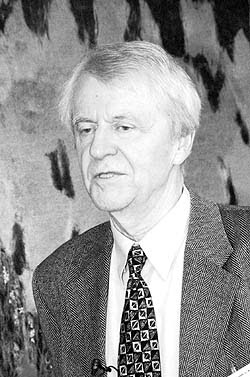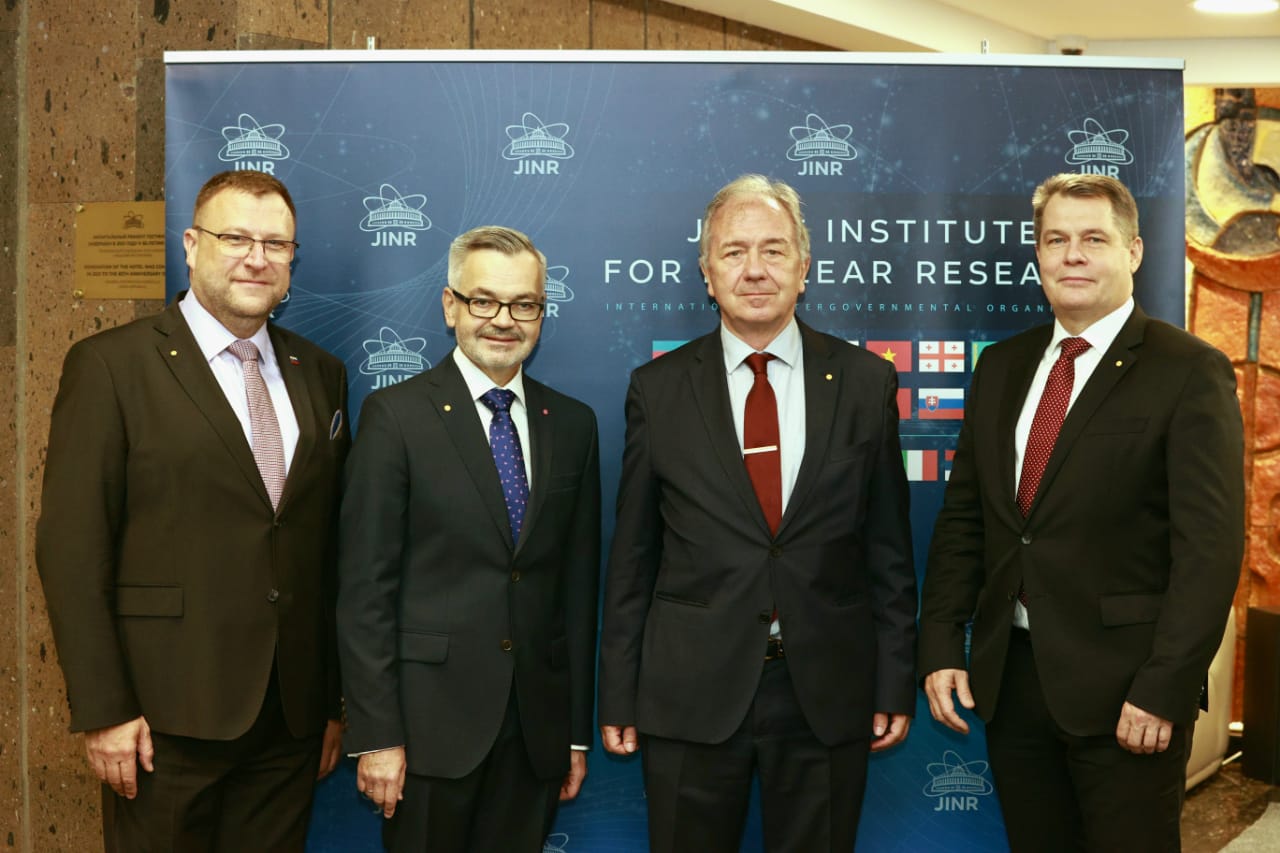The TAIGA Experiment: From Cosmic Ray Physics to Gamma Astronomy in the Tunka Valley
Author
| Budnev N.M. | API ISU |
| Slunečka Miloš, Ing. | Faculty of Mathematics and Physics, Charles University in Prague, JINR Dubna |
| et al. | different institutions |
Year
2018
Scientific journal
Physics of Particles and Nuclei, 49 (4), 589-598
Web
Abstract
The article presents the relevance and advantages of the new gamma observatory TAIGA (Tunka Advanced Instrument for cosmic ray physics and Gamma Astronomy), which is being constructed in the Tunka Valley 50 km from Lake Baikal. Various detectors of the six TAIGA gamma observatory arrays register the Cherenkov and radio radiation, as well as the electron and muon components of EAS. The primary objective of the TAIGA gamma observatory is to study the high-energy part of the gamma-ray spectrum, in particular, in order to search for Galactic PeVatrons. The energy, direction, and position of the EAS axis are reconstructed in the observatory based on the data of the wide-angle Cherenkov detectors of the TAIGA-HiSCORE experiment. Taking into account this information, the gamma quanta are distinguished from the hadron background using the data obtained by the muon detectors and telescopes that register the EAS image in the Cherenkov light. In this hybrid mode of operation, the atmospheric Cherenkov telescopes can operate in the mono-mode, and the distance between them can be increased to 800-1000 m, which makes it possible to construct an array with an area of 5 km(2) and more at relatively low cost and in a short time. By 2019, the first stage of the gamma observatory with an area of 1 km(2) will be constructed; its expected integral sensitivity for detecting the gamma radiation with an energy of 100 TeV at observation of the source for 300 hours will be approximately 10(-13) TeV cm(-2)s(-1).
Cite article as:
N. Budnev, M. Slunečka, . et al., "The TAIGA Experiment: From Cosmic Ray Physics to Gamma Astronomy in the Tunka Valley", Physics of Particles and Nuclei, 49 (4), 589-598 (2018)


 MINISTR ŠKOLSTVÍ KE SPOLUPRÁCI ČR S SÚJV
MINISTR ŠKOLSTVÍ KE SPOLUPRÁCI ČR S SÚJV INTEREST JINR, Wave 6
INTEREST JINR, Wave 6 The passing of Ivo Zvára
The passing of Ivo Zvára Call for the projects solved in collaboration with JINR (Projects 3+3)
Call for the projects solved in collaboration with JINR (Projects 3+3)  Call for the Grants of the Plenipotentiary of the Government of the Czech Republic in JINR
Call for the Grants of the Plenipotentiary of the Government of the Czech Republic in JINR Czech Ambassador in Russia visited JINR
Czech Ambassador in Russia visited JINR INTEREST JINR, Wave 5
INTEREST JINR, Wave 5 Russia Visa Centre
Russia Visa Centre Working Stays CR - JINR 2022
Working Stays CR - JINR 2022